A design method of three-phase voltage source PWM (pulse width modulation) Rectifier Controller Based on power control is proposed. The mathematical model of VSR (voltage source rectifier) based on the principle of energy conservation can be equivalent to a linear constant system by neglecting the energy consumed by the circuit resistance and inductance charge and discharge. The outer loop of the system is controlled by capacitive energy storage, and the inner loop is controlled by current. At the same time, the DC load power compensation is introduced to realize the direct control of the change rate of capacitive energy storage.
The inner current loop is controlled by a feed-forward decoupling PI (proportionalintegral), and the inner current loop is equivalent to a first-order inertial link. The outer loop of capacitor energy storage is controlled by PI, and the design method of PI parameters of the outer loop is proposed by using algebraic analysis and root locus analysis. The whole VSR system is equivalent to a second-order system. The simulation results show that the proposed controller design method can make VSR achieve excellent performance.
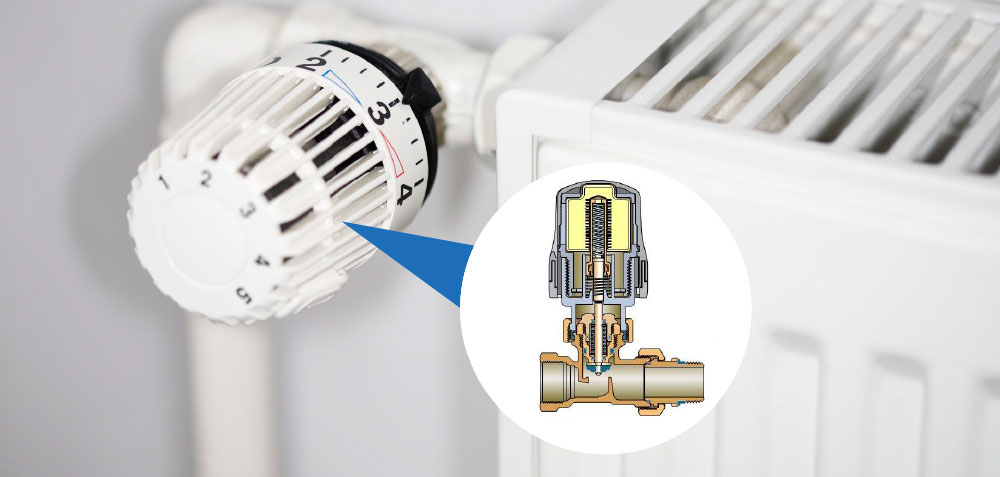
Rectifier is a kind of important power electronic converter.
Compared with traditional phase-controlled rectifier, PWM rectifier can provide high-quality DC power supply, only produce high-order harmonics which are easy to filter, and can realize unit power factor control. In recent years, many control schemes have been proposed by domestic and foreign counterparts, mainly focusing on two types, namely direct power control [2-4] and vector control based on current and voltage double closed-loop. But the key difference between direct power control and vector control is the realization of power control.
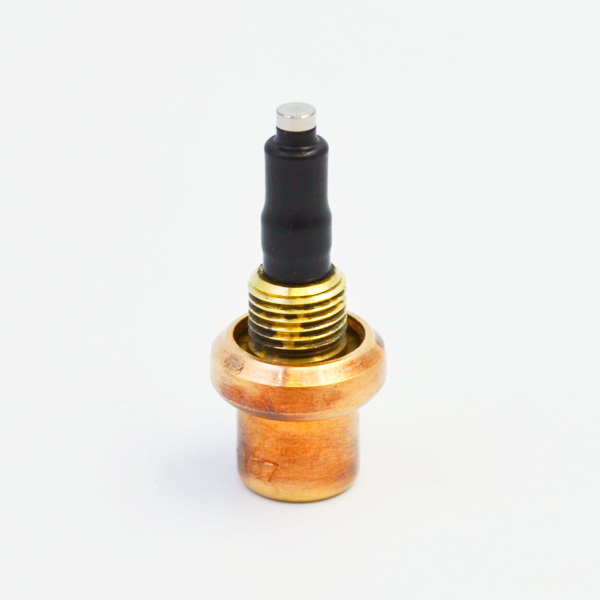
Vector control regulates active and reactive power by adjusting current.
Direct power control realizes the direct control of active and reactive power by choosing the switching function of rectifier bridge. These are all control schemes for inner loop. Literature [1] proposes an improvement of the mathematical model of VSR, that is, voltage squared is used instead of the original voltage, but only a small amount of space is used, and the physical meaning of voltage squared is not specified. In reference [4], voltage square is used as the control objective of the external loop of the system, but the main research content of reference [4] is the current inner loop.
Jiang Weidong and other scholars put forward the control strategy of DC load feedback and load power feedforward [5,6], which is called power control in this paper. Literature [5] is mainly used in boost converter of DC/DC. Literature [6] is mainly used in boost converter of AC/DC, that is, PWM rectifier described in this paper. Documents [5] and [6] have the same ideas, but they only apply to different objects.
Documents [5] and [6] do not elaborate on the design method of the controller. Reference to the method of [2], the VSR system is designed as a type II system with less description space. Moreover, the rationality of the proposed system model is not verified by ignoring the resistance consumption power and inductance energy storage absorption power. In this paper, thermostatic element the VSR system is designed as a second-order system, because the study of the performance of the second-order system is the simplest.
Ea, EB and EC are three-phase AC network voltages with a difference of 120 deg, ia, IB and IC are three-phase AC side currents, va, VB and VC are three-phase AC side voltages of rectifiers, R is AC equivalent resistance, L is AC inductance, UDC is DC side voltage, IDC is load current, RL is load resistance, C is DC capacitor, sa, sb, SC are rectifier bridge switching functions.
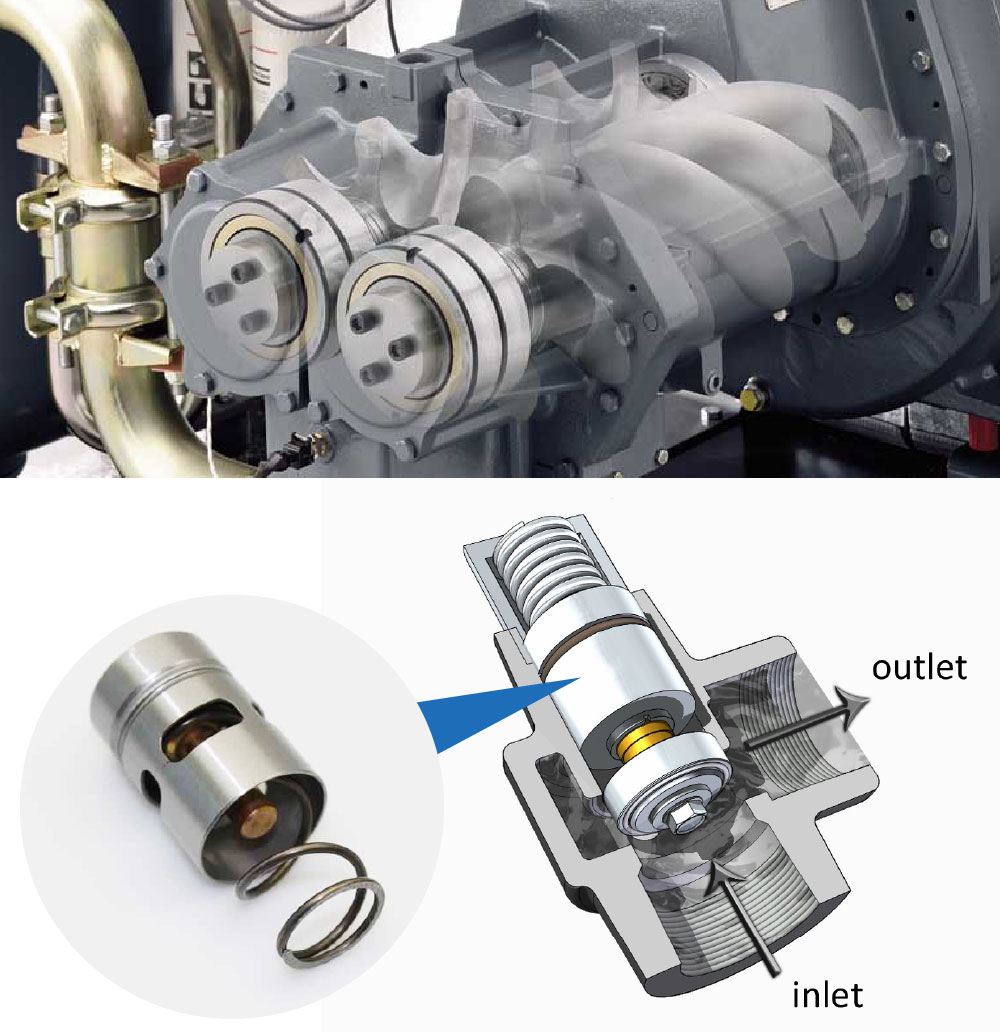
Number. The control strategy and controller design of VSR based on power control are discussed in the previous paper. The mathematical model of VSR is simplified in the controller design. Based on the MATLAB platform, the digital simulation is divided into two parts: 1. Power electronic system simulation using POWER SYSTEM toolbox to verify the effectiveness of the control strategy; 2. Digital simulation based on transfer function for the simplified mathematical model of VSR and comparison with the simulation results of power electronic system to verify the rationality of the simplified model. Using POWER SYSTEM toolbox of MATLAB platform to simulate 10kW power electronic system.
The control structure of the system is shown in Figure 6. DC capacitor C = 2350 uF; load resistance RL = 49_. As can be seen from the figure above, the digital simulation based on transfer function is very close to the simulation waveform of power electronic system, and the error is less than 5%. The results of the two simulations are different only at the moment of VSR load sudden change.
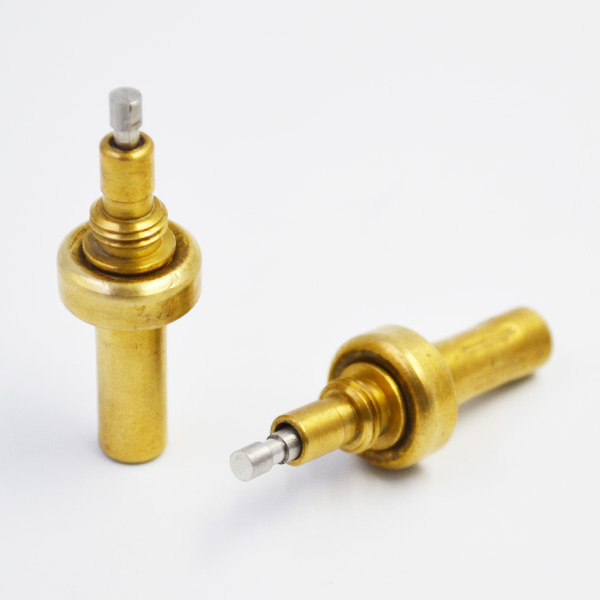
This is because at the moment of current sudden change, the inductor charge and discharge will absorb (release) energy, and only at this moment, the simplification of the model mentioned above will bring some errors.
But in general, the simplification of the model is reasonable. In this paper, a design method of three-phase voltage source PWM Rectifier Controller Based on power control is proposed. In the design of the controller, the VSR system as a whole is equivalent to a second-order system by simplifying the model.
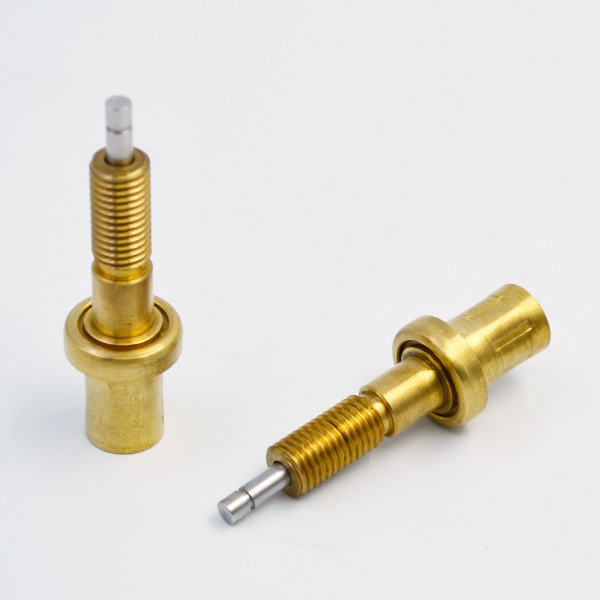
The simulation results show that the proposed controller design method can achieve excellent performance of VSR, and the model simplification in the design process is reasonable.
